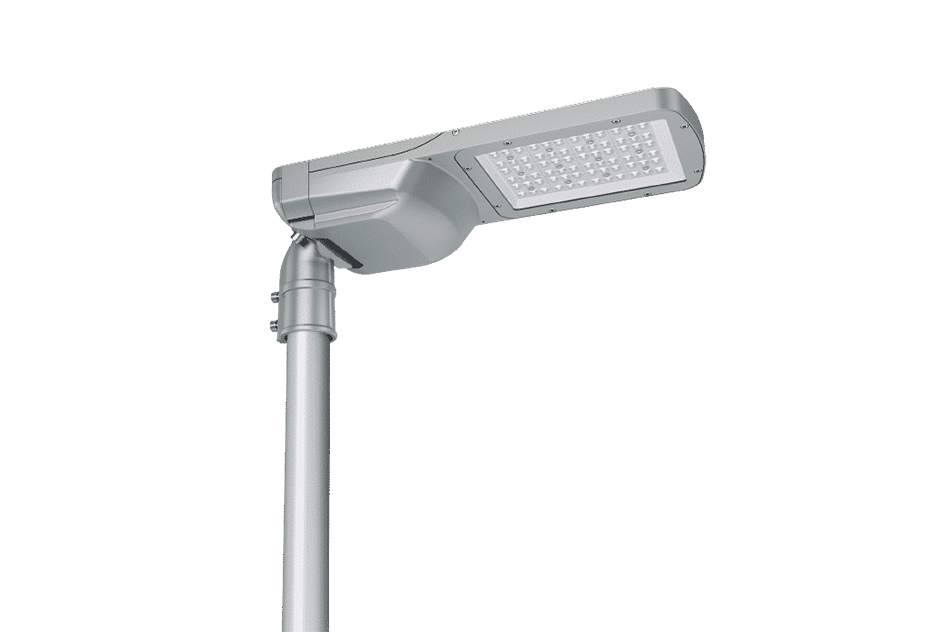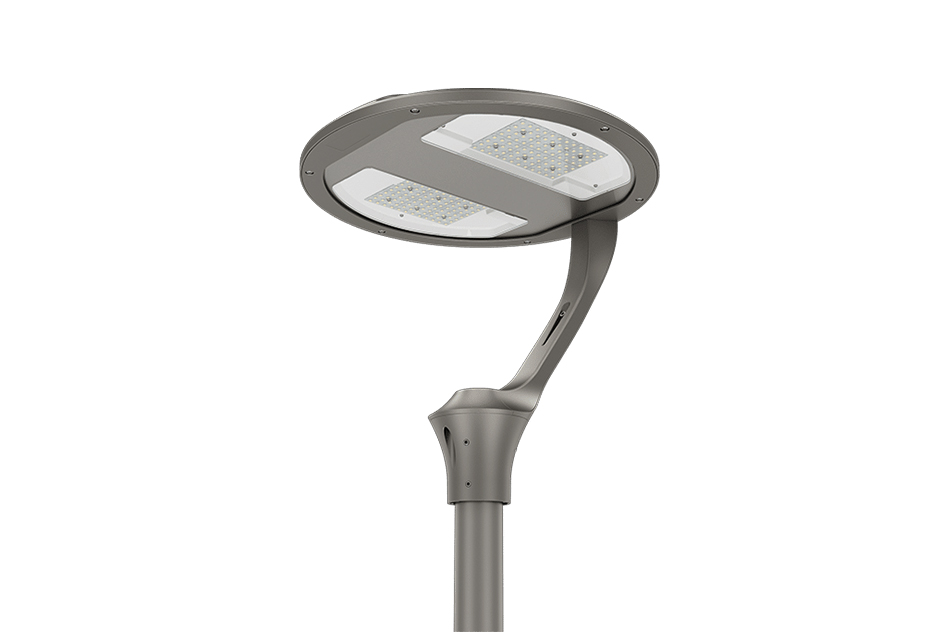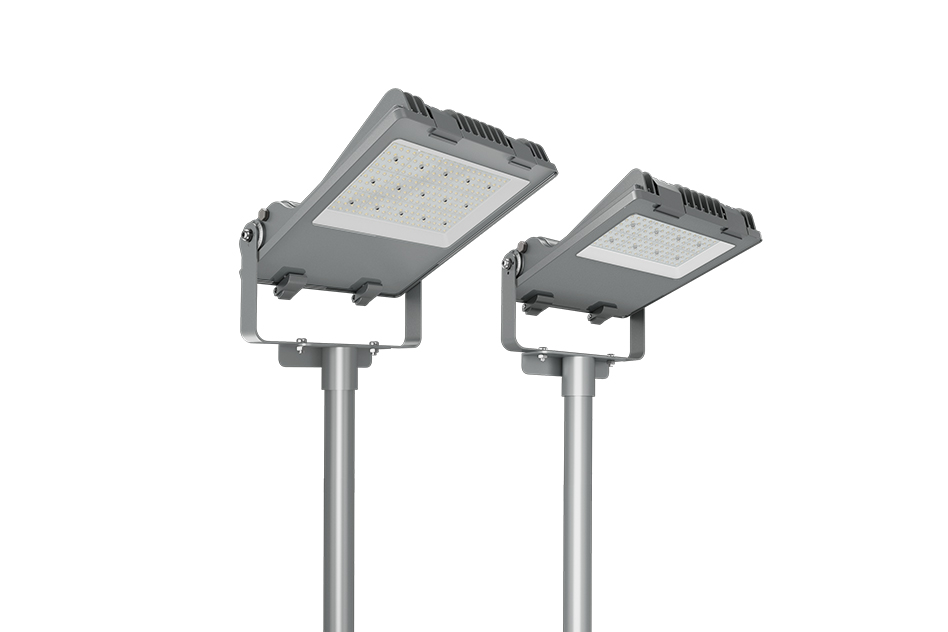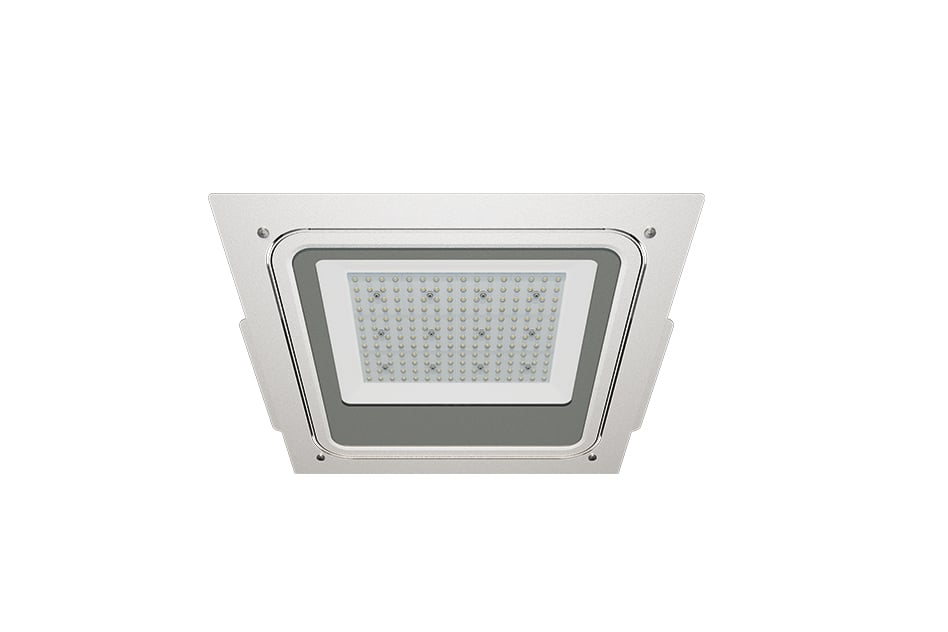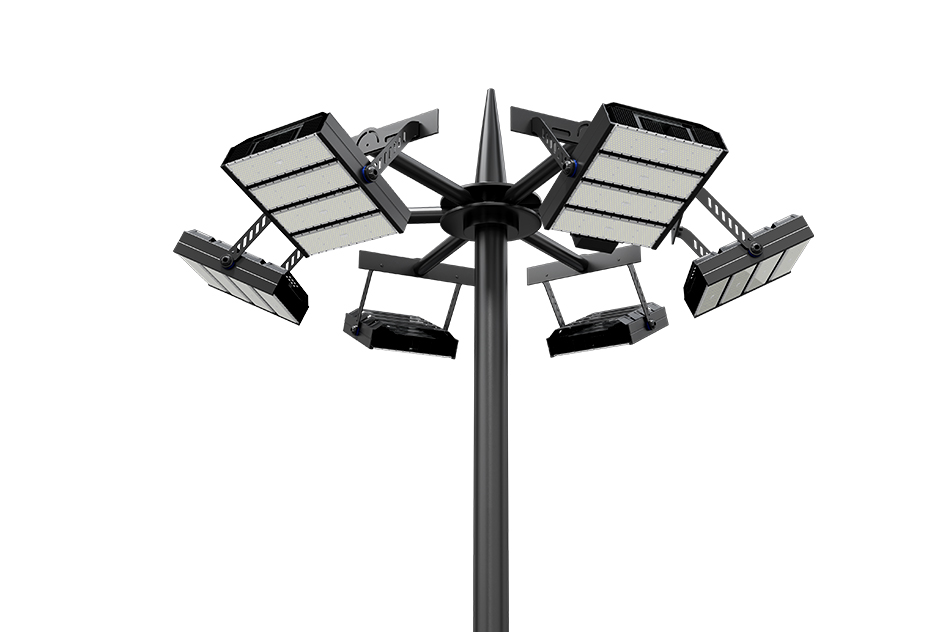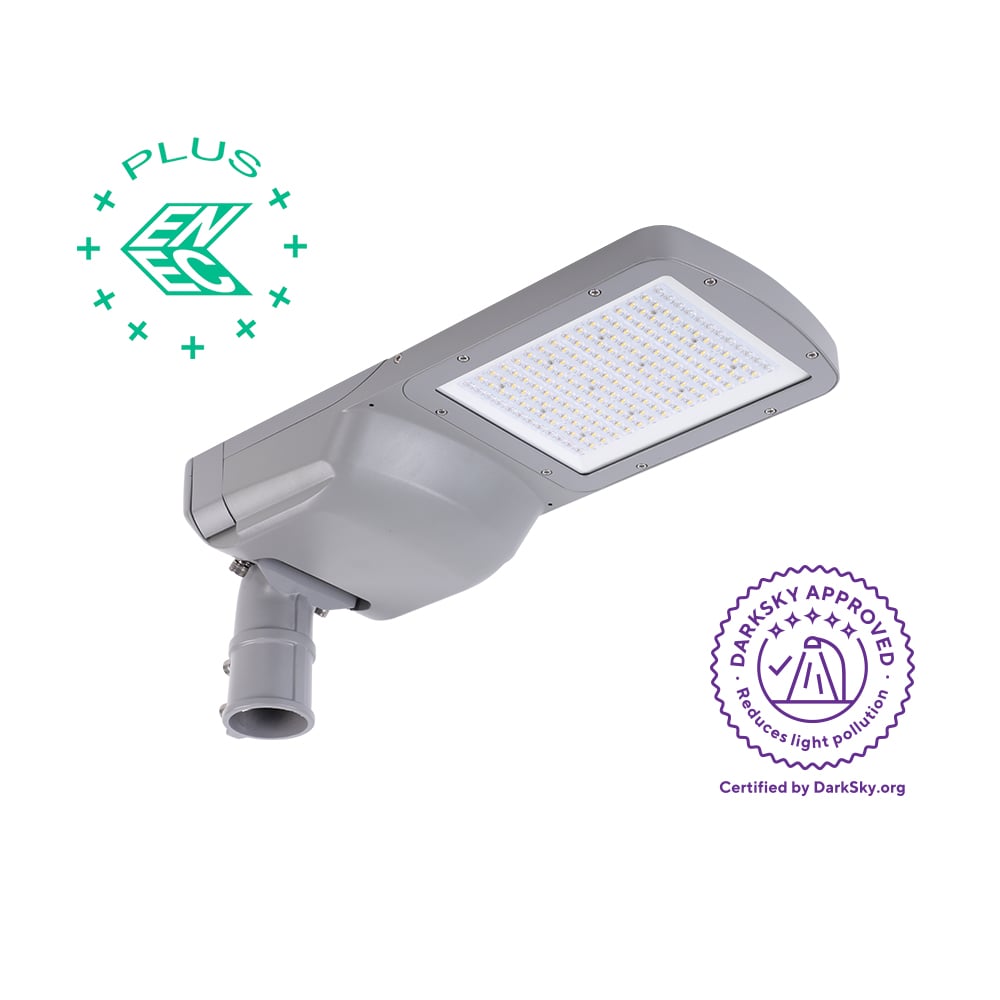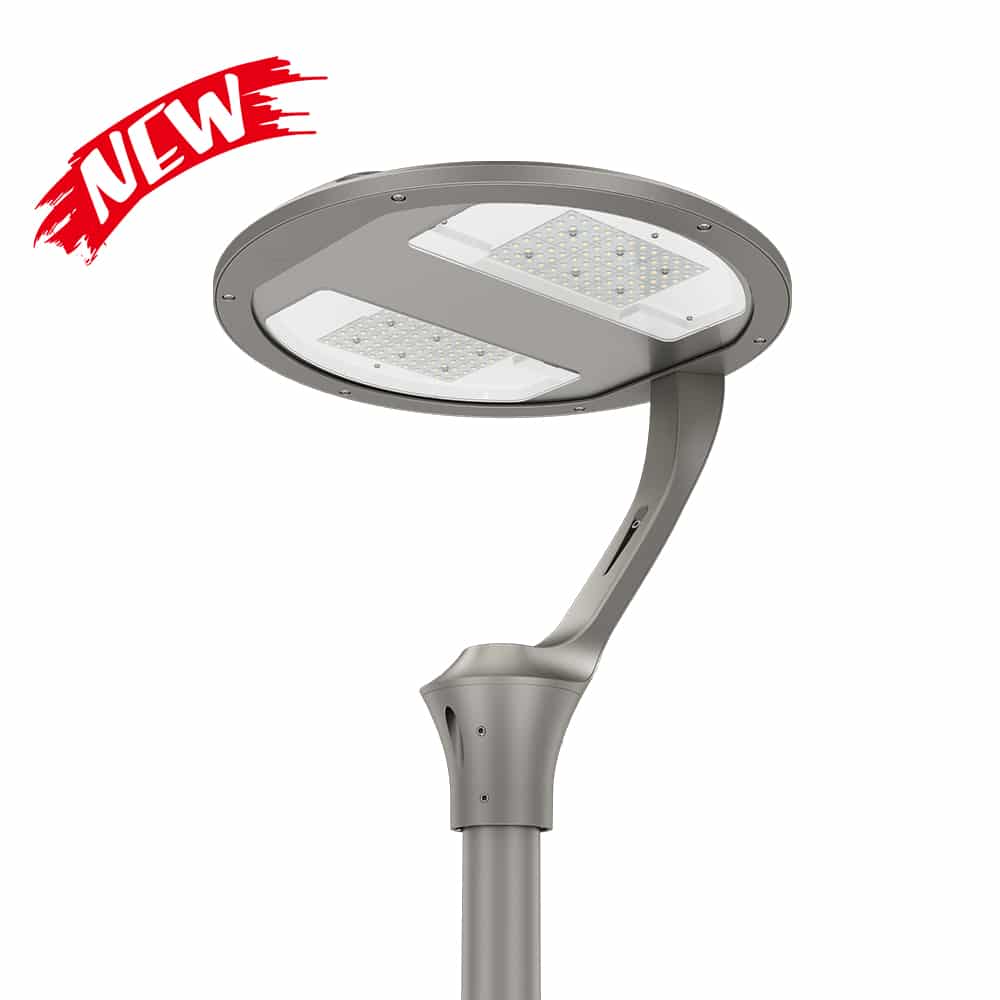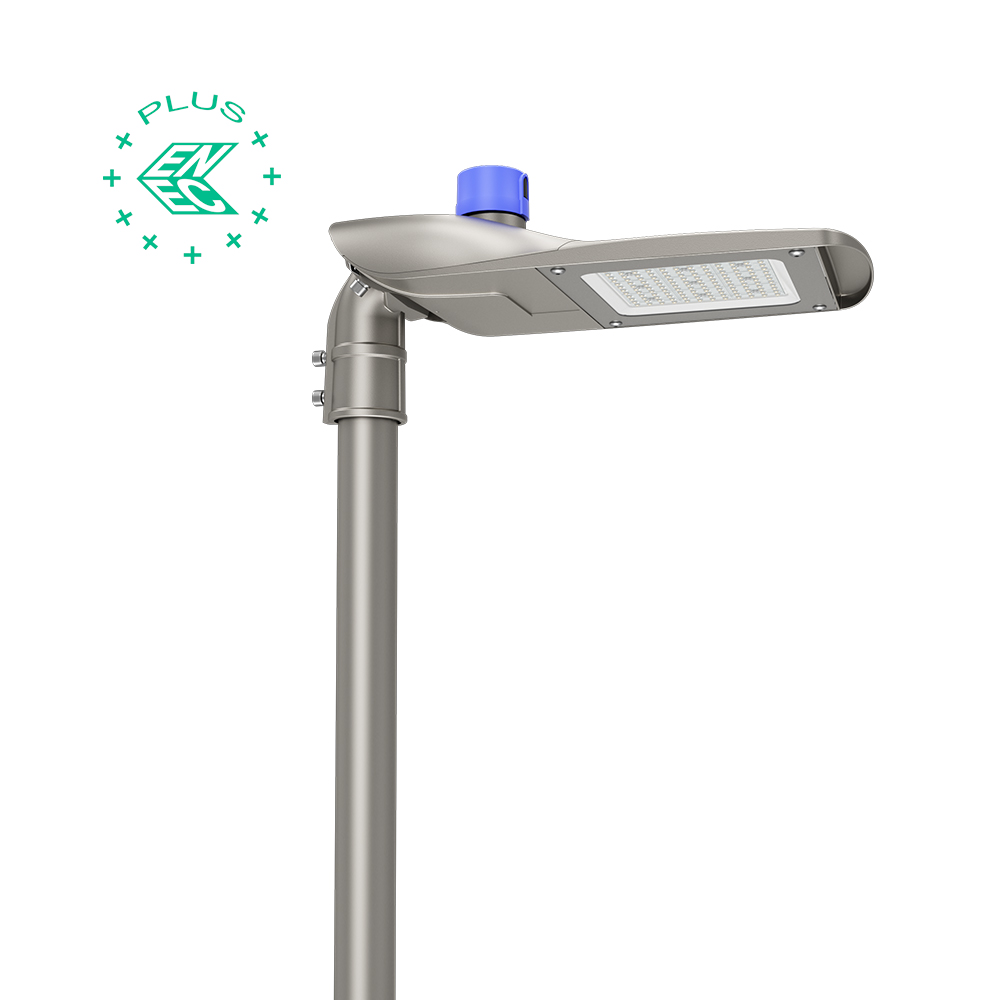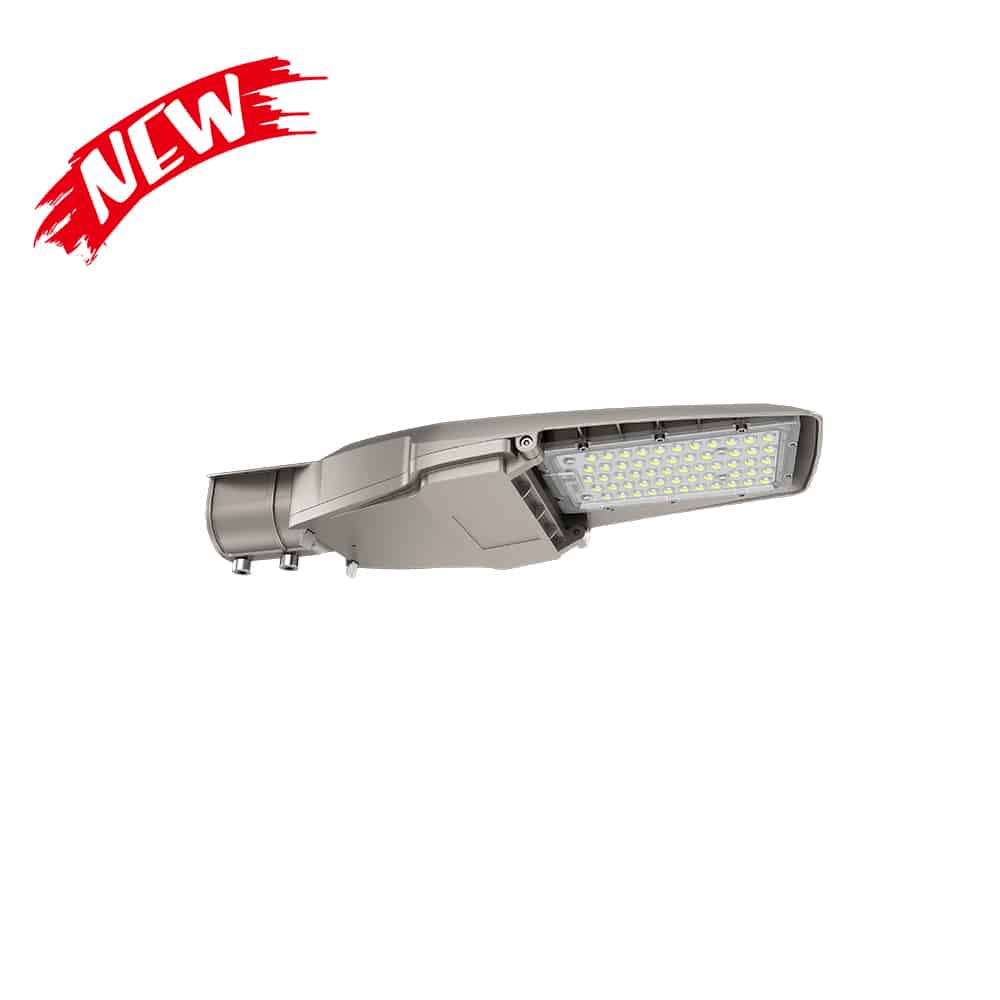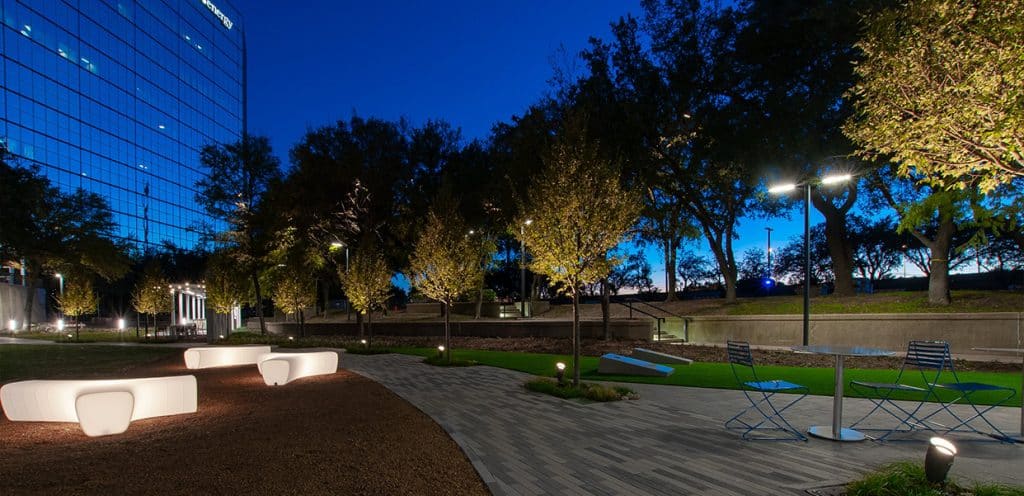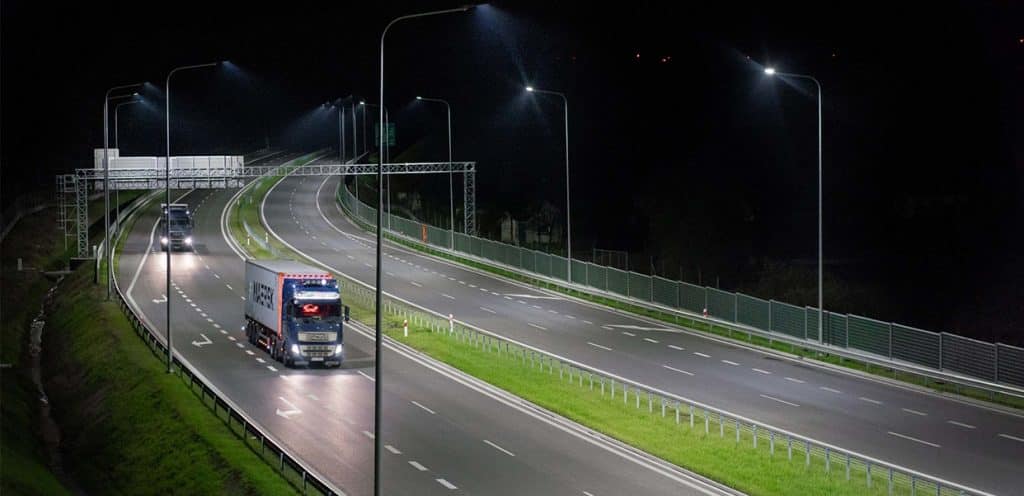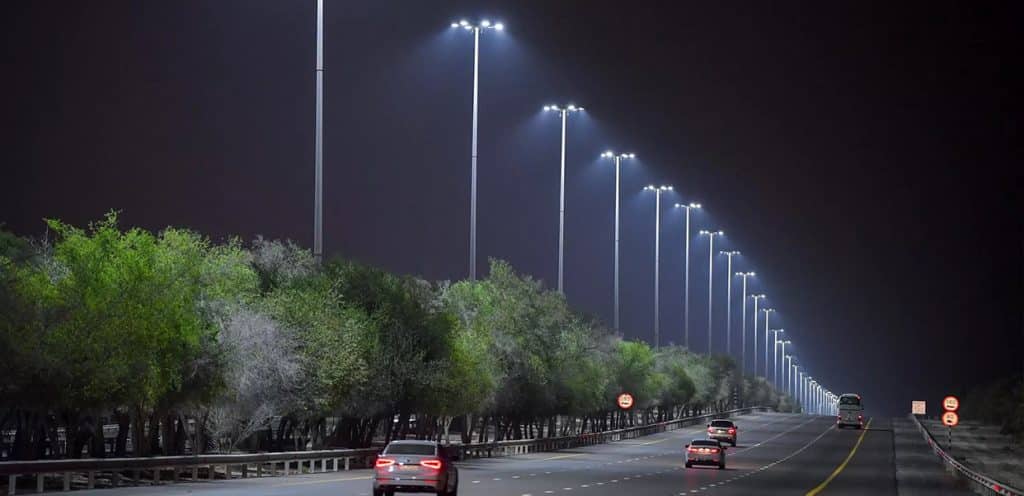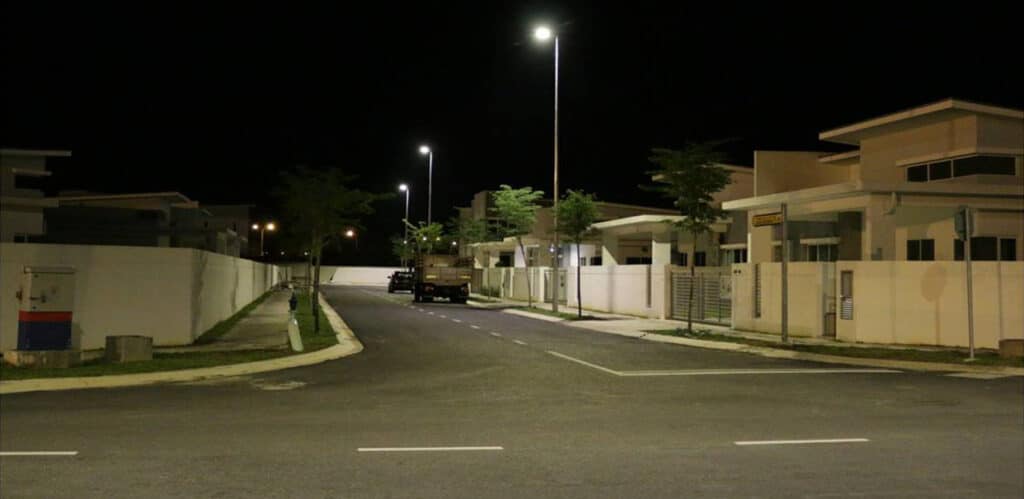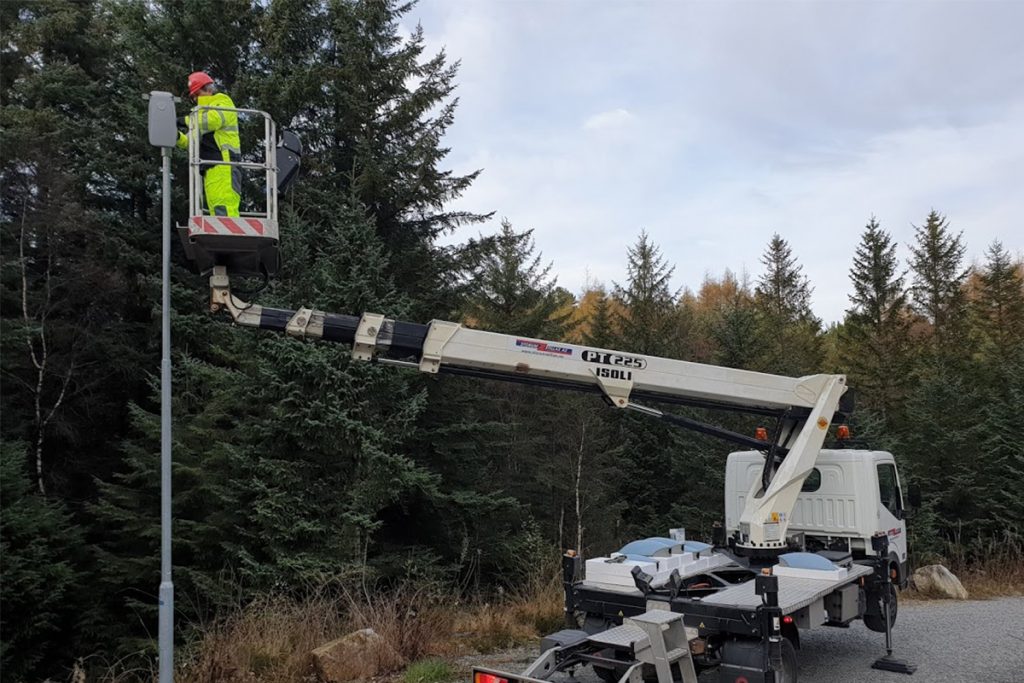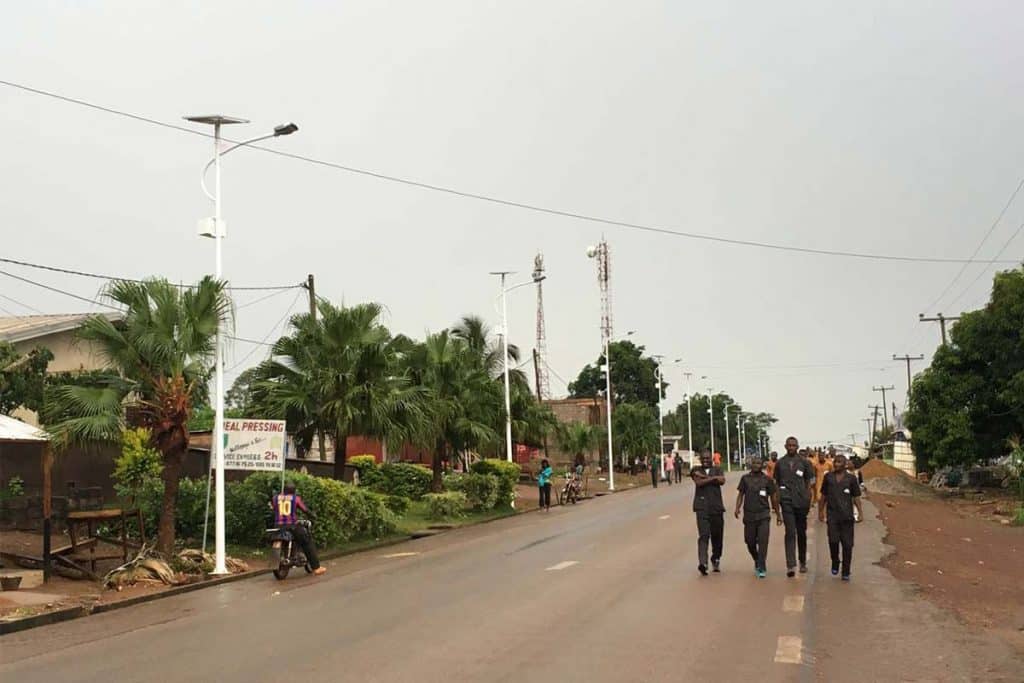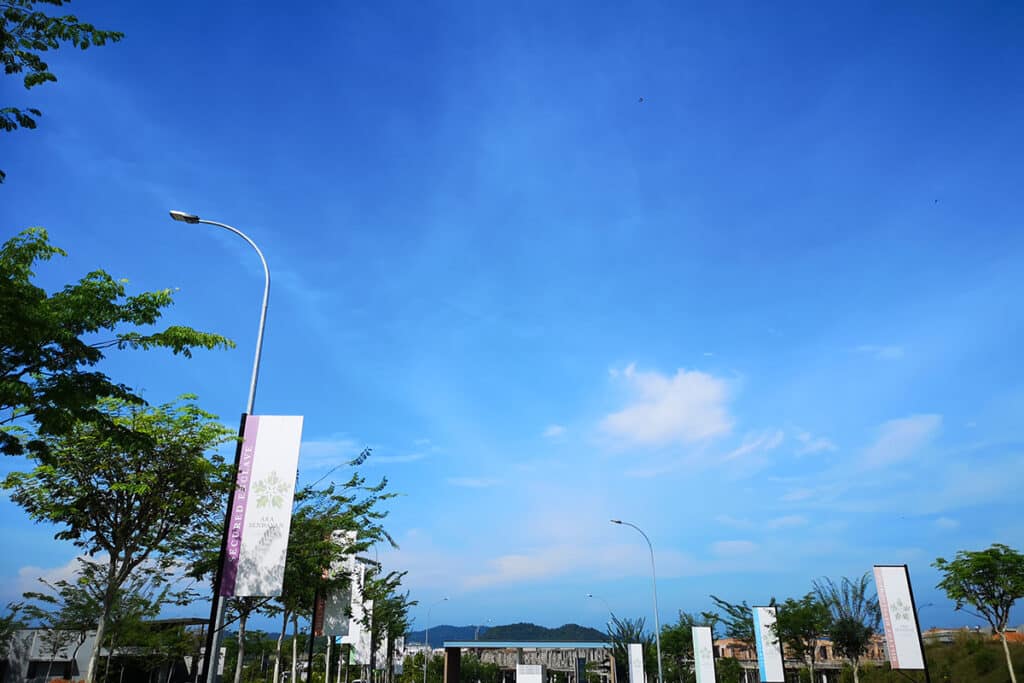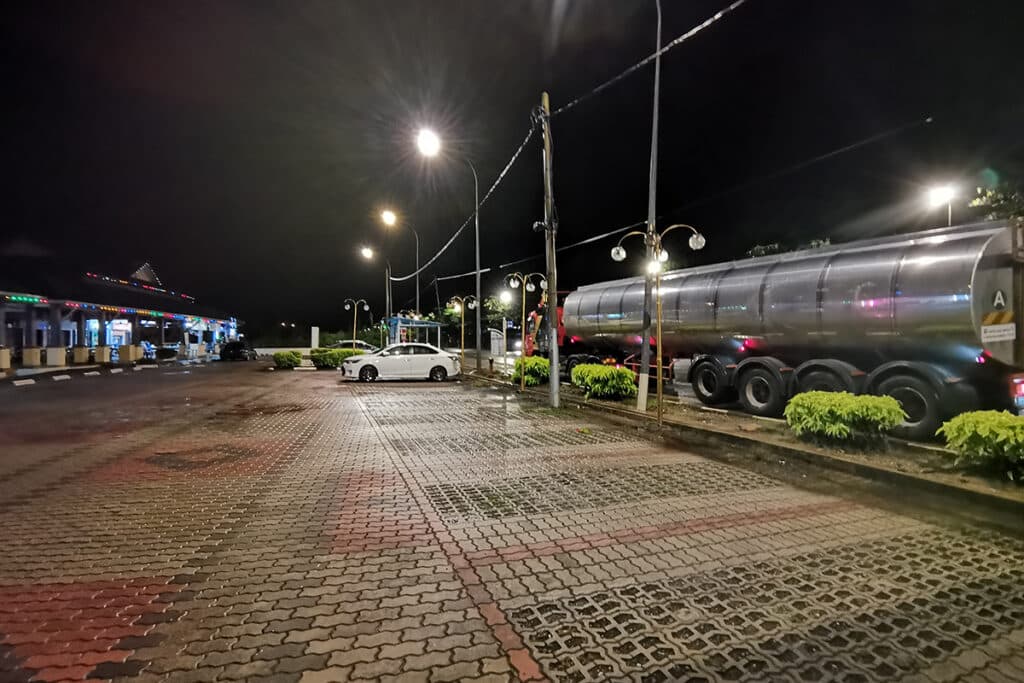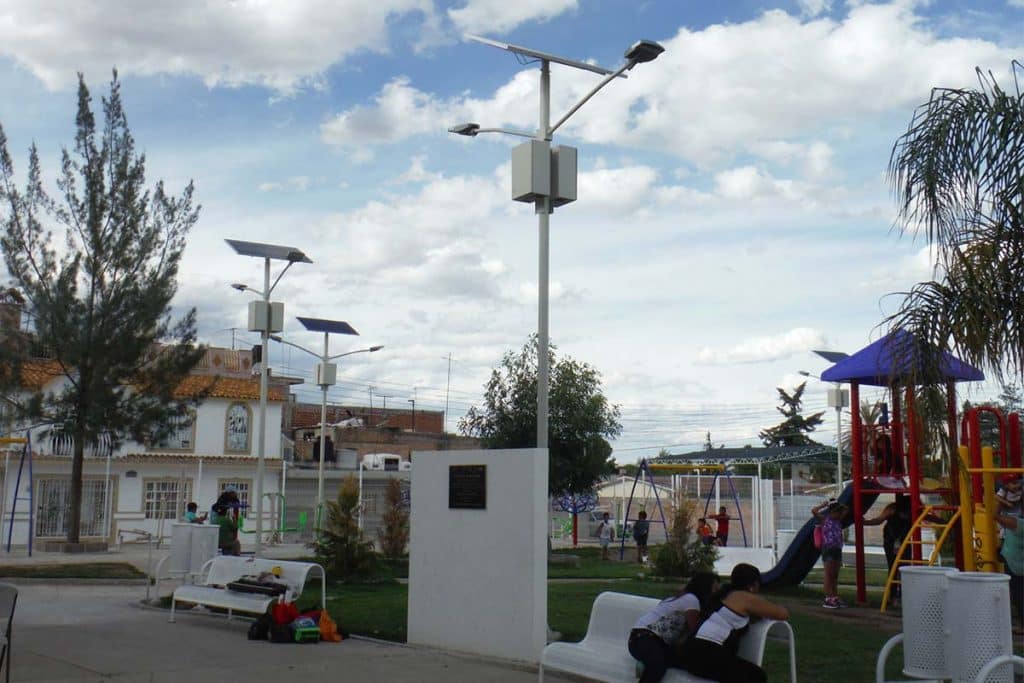Pedestrian lighting – using street lights for lighting pedestrian crossings
Pedestrian lighting – using street lights for lighting pedestrian crossings
Introduction
Pedestrian crossings are some of the busiest zones on the road and it is in this area that many traffic accidents occur. Traffic safety facts show that nighttime accidents account for 46 per cent of the total, while nighttime traffic accounts for only 20-35 per cent of the total traffic flow. According to the World Health Organisation in recent years, the number of deaths caused by road traffic accidents is around 1.2 million per year, and lack of light is the main reason for this terrible statistic. In general, enhancing the lighting of pedestrian crossings can improve driver awareness and yielding to pedestrians, increase pedestrian observation behaviour and increase the stopping distance of cars in front of pedestrian crossings. This article focuses on how to provide adequate lighting at crosswalks to reduce accidents. This includes standards and design principles related to pedestrian lighting and more.
Why go with pedestrian lighting?
Improve security
A central objective of pedestrian lighting is the safety of pedestrians at night. As visibility is significantly reduced at night, the risk of traffic accidents increases, however, proper pedestrian lighting can mitigate this risk. Specifically, a good street lighting desing ( Find more about street lighting design ) significantly improves the clarity of vision for drivers, making it easier to spot pedestrians and ensuring smooth and safe traffic flow. In contrast, accident rates in poorly lit areas, which are often accident-prone, can be significantly reduced by adding or improving lighting.
Enhance social activities
In addition to improving safety, pedestrian lighting also has a positive effect on the promotion of night-time social activities. For example, night-time events such as outdoor concerts, night markets or cultural festivals held in well-lit venues can attract more residents to go out at night, which not only enhances community cohesion but also promotes economic activity.
Beautify the city and reduce economic losses
Pedestrian lighting enhances the aesthetics of the city while facilitating nighttime operations in commercial areas. Shops, restaurants and entertainment venues benefit from good night-time lighting because customers feel safer and more comfortable in such an environment. For example, properly lit shopping areas tend to attract more customers, which in turn leads to increased sales and contributes to the economic prosperity of the city. In addition, pedestrian lighting reduces traffic accidents and indirectly reduces economic losses.
Standard and requirements refers to pedestrian lighting
EN 13201-2 ( More about EN 13201-2 standard ) makes some recommendations in Appendix B for the lighting of pedestrian crossings. The content includes the following: 1. When street lighting can provide a sufficiently high level of luminance on the road surface, then only ordinary street lighting can be placed, in which case there can be a good negative contrast between pedestrians and the road surface, and the driver can well recognise the dark silhouettes of the pedestrians against the bright background. 2. We can also consider localised lighting provided by additional luminaires at pedestrian crossings, which is intended to provide a vertical level of illumination to directly illuminate the pedestrians on or in the pedestrian crossing and to alert motorists to the presence of the pedestrian crossing, i.e. pedestrians crossing the road are clearly illuminated at this time. We can see that the description of the appendix is rather vague, it also explains that reference can be made to some national or regional pedestrian lighting standards, which is typical of the German DIN 67523 standard.
In the German standard DIN 67523, it states that if the existing road lighting does not meet the values required by the standard, additional luminaires must be installed to provide pedestrian lighting. In order to provide a uniform evaluation of the illuminance in the pedestrian crossing area, the DIN 67523 standard defines a rectangular horizontal evaluation field, as shown in the following figure. The average vertical illuminance at a fixed point on the centre axis at a height of 1 m must be maintained at >30 lx, while the minimum vertical illuminance at any assessment point defined in the assessment field (including the waiting area at 1 m from the road) must not be less than 4 lx. Unlike the street lighting, the lighting of pedestrian crossings must not be switched off during the night. For 100 metres in front of and behind the pedestrian crossing, the roadway luminance must be at least 0.3 cd / m. In order to obtain good vertical illuminance at the centre axis of the crossing, luminaires should not be placed above the centre axis, but should be placed on both sides of the footway to illuminate the pedestrian crossing and the adjacent waiting zones.
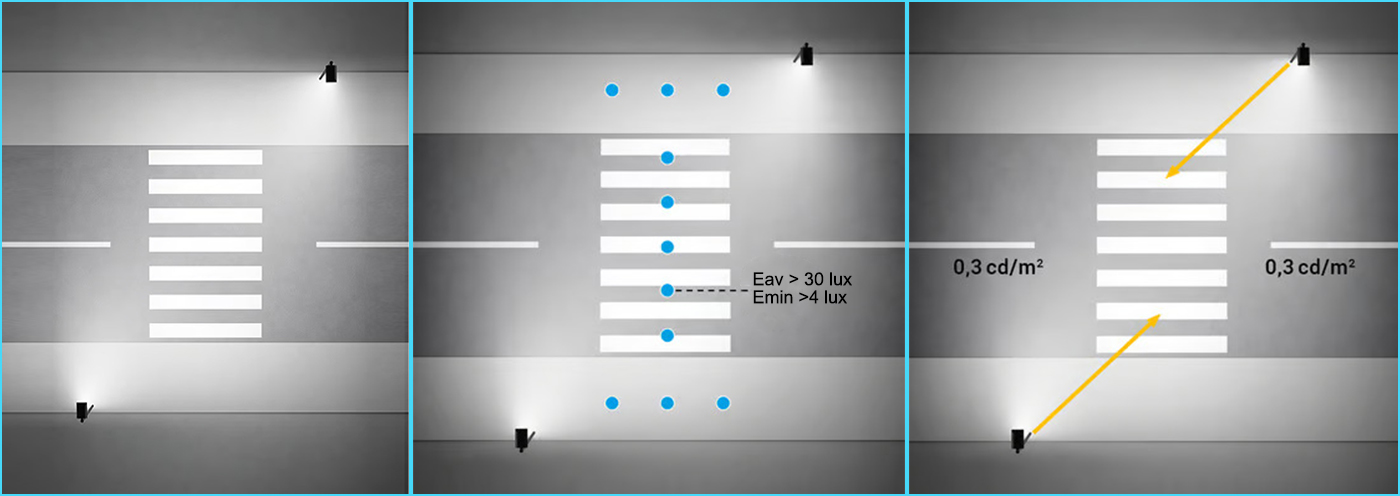
Which lens to choose for pedestrian lighting?
Recognising pedestrians as drivers approach an intersection is not achieved by relying on the silhouette of pedestrians on a bright road surface (negative contrast), as traditionally thought. This is because the positive contrast produced by vehicle headlights can make pedestrians difficult to detect under certain conditions. According to EN 13201-2 and relevant national guidance documents localised lighting should be used to ensure that pedestrians are clearly visible at pedestrian crossings and their surroundings with a higher positive contrast. The prevailing solution is to use luminaires with an asymmetric light output ( Why we shall pay attention to light output degradation? ), mounted on the side of the vehicle approaching the crossing, so that the light can be directed to the side of the pedestrian facing the driver of the vehicle.
Below are two polarised designs, the former being right-side polarised and the latter being left-side polarised. We can see that there is sufficient illumination and contrast in the vertical plane between the right and left side of the street light, which makes it easier for the driver to notice pedestrians at a distance. At the same time the light distribution ( What’s light distribution? ) here should also provide a high degree of uniformity to ensure that pedestrians are easily illuminated in all corners of the pavement. In the next section we will follow an application example to show how to provide pedestrian lighting for crosswalk.
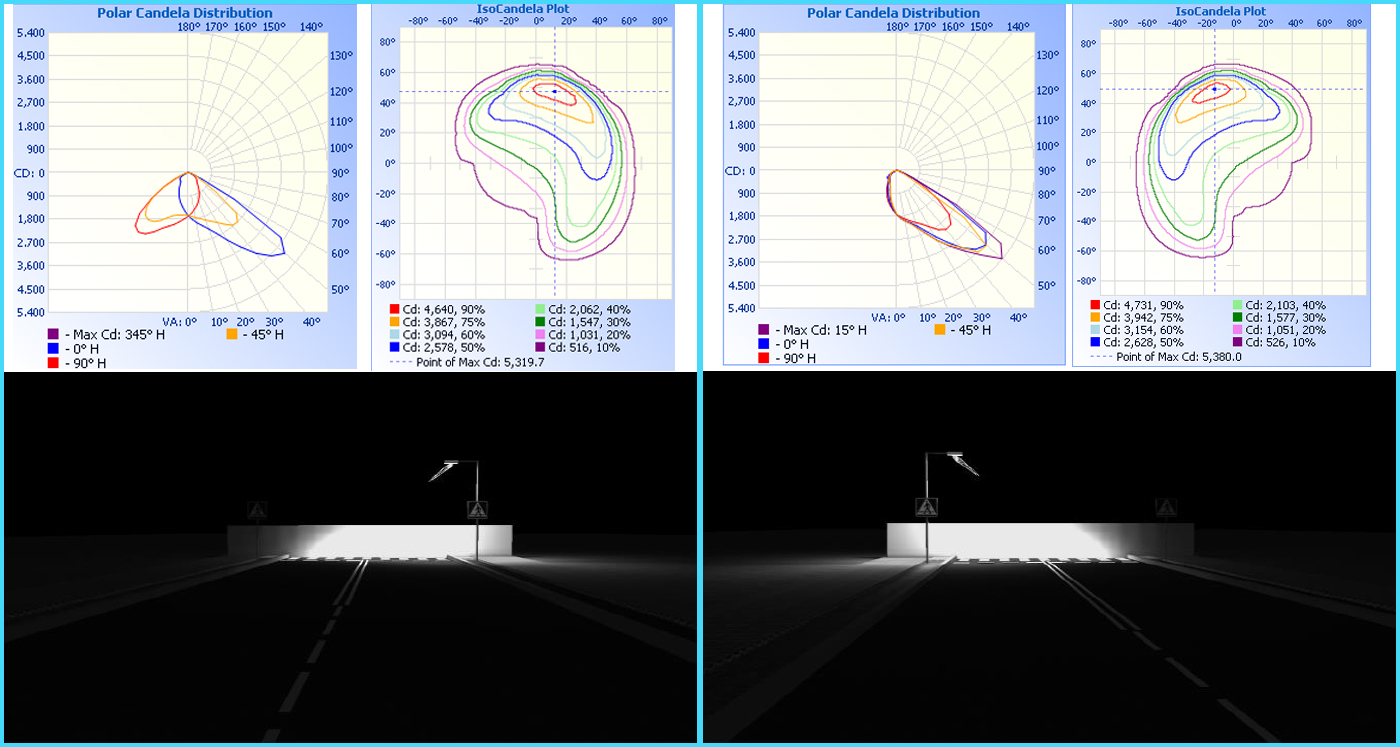
How to light pedestrian crossing effectively – lighting design?
Based on the information in the previous sections, we know the importance of providing additional lighting for sidewalks. In addition to setting up ordinary road lighting and high-visibility road signs (such as reflective signs, speed reduction markings, crosswalk background colors, etc.), we will focus on the impact of additional pedestrian lighting on improving pedestrian visibility at crosswalks and discuss it in detail for different lane conditions. It mainly includes four situations: one-way single lane, one-way two lanes, two-way two lanes, and two-way four lanes.
One-way traffic pedestrian lighting
On some country roads, the lanes are narrow and the installation height of the lamps is also low. Usually, a single lamp can illuminate a single lane or a single lane road including a bicycle lane. As shown below, we simulate the vertical illuminance on the crosswalk based on a road width of 3.5 meters and an installation height of 5 meters. If a street lamp with ordinary light distribution is used, we can obviously see that its vertical illuminance is lower than that of a professional crosswalk street lamp with right-side polarized design. In order to achieve the same illumination, street lamps with right-side polarized design can often achieve the illumination required for crosswalk lighting with lower wattage ( Watts and lumen, which is more important? ), which is the significance of this type of light distribution ( different types of street lights ). In addition, if the lamp pole is on the other side, we should choose the light distribution with left-side polarized design.

One-way traffic – 2- 3 lane road pedestrian lighting
If it is a one-way road with two or three lanes, the crosswalk will be wider. In order to get better and more uniform lighting for the crosswalk, we recommend using a second street lamp on the opposite side of the road. Taking a 7-meter one-way two-lane road as an example, if the lamp installation height is 6 meters, we compared the two lighting simulations of using one street lamp and using two street lamps. The results show that although using one street lamp can meet the requirements of DIN67523, the vertical illumination on the other side is obviously low, which is bound to affect the safety of pedestrians in the other lane. Therefore, we recommend that the street lamp on one side use a street lamp ( Check to find more ZGSM street lamps ) with a right-side polarized light design and the street lamp on the other side use a street lamp with a left-side polarized light design to provide more reasonable lighting, see the right picture below for details.

Two-way traffic – 2-3 lane road pedestrian lighting
If it is a two-lane or three-lane two-way road, we need to consider vehicles approaching the crosswalk from both directions. For this reason, we also recommend using a second street lamp on the opposite side of the road, but the position of the lamp pole should be diagonal to it. Taking a 7-meter road with two lanes in both directions as an example, the installation height of the lamp is 6 meters. We also use two street lamps, but it should be noted that we use street lamps with right-side polarized design. If the country is on the left side of the road, the position of the lamp pole needs to be changed, and the street lamp with left-side polarized design should be used. See the left picture below – right-side polarized design, and the right picture below – left-side polarized design for details.

Two-way traffic – 4 lane road pedestrian lighting
For pedestrian crossings located in two-way four-lane roads, we can refer to the solution of Two-way traffic with 2-3 lane road. At the same time, in order to increase the illumination or improve the uniformity, we can set up additional street lights on the isolation island. In this case, we use 4 street lights, 2 street lights designed for right-side polarization + 2 street lights designed for left-side polarization, but the cost is also high. It is worth noting that this kind of intersection is generally a larger intersection, and we can also only set up floodlights ( ZGSM’s different flood lights ) to illuminate the entire street light-conflict area ( C lighting class for conflict area ), depending on the project requirements.

ZGSM LED lights
ZGSM’s street lights can be equipped with various light distributions, and the application scenarios include main roads, country roads, sidewalks, parking lots and parks. These street lights can also be equipped with lenses specifically designed to illuminate crosswalks to illuminate various types of crosswalks. If you are interested in these products, please contact us. In addition, ZGSM also produces other lamps, such as factory lights, floodlights, stadium lights ( Find ZGSM stadium lights for sports lighting ), gas station lights, and solar street lights ( Check to see ZGSM’s AIO, AIT and Split solar street lights ) , etc. If you are interested, you can find the product that suits you through the following link.
Summary
The lighting of pedestrian crossings is different from normal road lighting. We focus on the standards for pedestrian crossing lighting, such as EN 13201-2, DIN 67253 and IESNA. They all mention that pedestrian crossings should be more vertically illuminated, and thus we know that polarised design light distribution is used in pedestrian crossing lighting. According to these standards and the characteristics of the polarised pedestrian lighting, we have listed 4 common pedestrian crossings. Simple ones such as one-way single-lane or two-way dual-lane streetlights only use right-polarised or left-polarised design streetlights. A one-way two or three lane road or a two-way three or four lane road often requires a combination of two different light distributions to obtain higher illumination and better uniformity ( What’s uniformity and how to improve it? ). We hope this has helped you with your project design and if you have any further questions you can contact us for more information.
Related Products
Related Blogs
Related Cases
People also ask
Author introduction

Hello Customers,
My name is Taylor Gong, I’m the product manager of ZGSM Tech. I have been in the LED lights industry for more than 13 years. Good at lighting design, street light system configuration, and bidding technology support. Feel free to contact us. I’m happy to provide you with the best service and products.
Email: [email protected] | WhatsApp: +8615068758483

